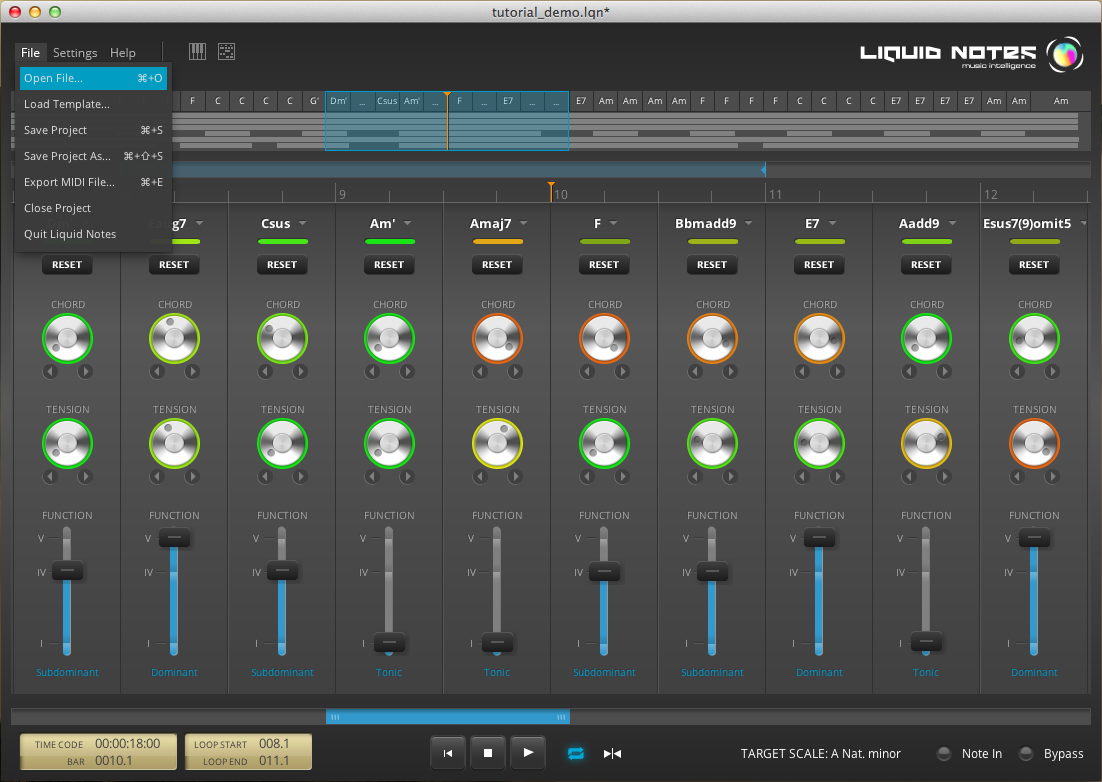
For rhythm, the existence of an underlying regular pulse, or stress, must be indicated. For harmony, note symbols can easily be placed vertically together on a single stem, and these notes need not be all of the same duration or more than one stem may be used to indicate multiple melodic lines in the musical texture. Staff notation is well adapted to two fundamental aspects of Western music: harmony and rhythm. These symbols are as follows each has half the duration of its neighbour to the left: It is in reality made almost redundant because the symbol for a note gives the necessary information itself: not its absolute duration but its duration in relation to the notes around it. Representation of time ( duration) by horizontal spacing is used only in a very limited way. The vertical axis of pitch operates to represent melodic contour in music for a single instrument or voice, but, when several staves are combined to form a score, the principle breaks down, each staff being a self-contained vertical system. In practice, the system is far more complex and sophisticated than this. The five horizontal lines of a musical staff function like horizontal rulings of graph paper, bar lines like vertical rulings. Its vertical axis is pitch, and its horizontal axis is time, and note heads are dots plotting the graph’s curve. Staff notation, as it has developed, is essentially a graph. As an indirect result of colonization, of missionary activity, and of ethnomusicological research-not because of any innate superiority-it has become a common language among many musical cultures. The position of staff notation as the first notational system to be described in this article acknowledges its international acceptance in the 20th century.

Learn about the major environmental problems facing our planet and what can be done about them!



 0 kommentar(er)
0 kommentar(er)
